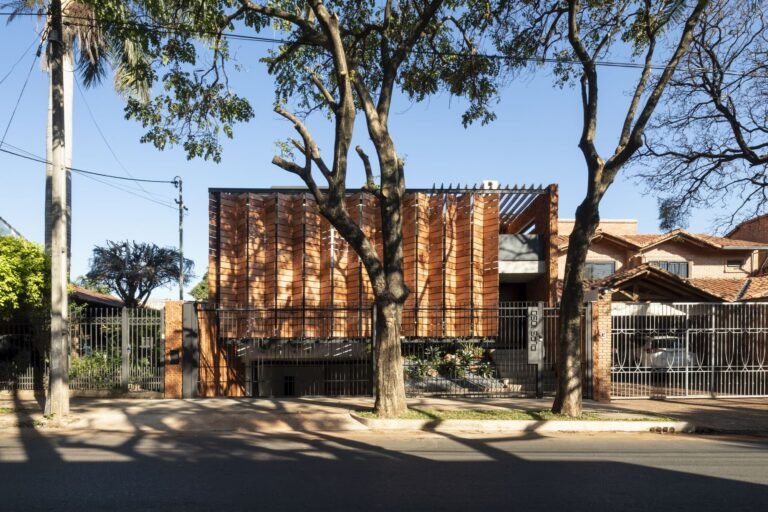St George’s Chapel at Windsor: Everything You Need to Know About Queen Elizabeth II’s Final Resting Place
On September 10th, Buckingham Palace announced that Queen Elizabeth II, would be laid to rest in St George’s Chapel at Windsor. As the longest-reigning monarch in British history, the queen passed peacefully on September 8th at Balmoral Castle, her estate in the Scottish Highlands, with her family by her side. After serving as the head of the royal family for 70 years, upon her death, her eldest son and heir apparent, Prince Charles, immediately ascended as the King of the United Kingdom.
Where will Queen Elizabeth II be buried?
Her Royal Majesty will be laid to rest in the King George VI Memorial Chapel within St. George’s Chapel at Windsor Castle. According to press release from the royal family, the committal service will take place in the chapel following her funeral at Westminster Abbey on Monday, September 19th. Though final arrangement were not originally confirmed by the palace, her burial location was highly speculated following reports from 2017 and 2021 in The Guardian and Politico, respectively.
As the publications originally reported, the plan for Queen Elizabeth II’s death, referred to as Operation London Bridge, had been mapped out for years. In the days following the queen’s passing, the palace has confirmed many of the major details from the reports including the her majesty’s funeral and burial location. Before official announcement were made, some publications had speculated that a special mausoleum could be built for the queen and Prince Phillip, similar to the one built for Queen Victoria and Prince Albert.
Additionally, The Telegraph previously reported that Prince Phillip, Duke of Edinburgh, who died in April of 2021, would be moved from the Royal Vault beneath St. George’s Chapel where he is temporarily interned and laid to rest with his wife at Windsor. The palace has yet to confirm this, though it appears likely.
What will happen before the Queen is laid to rest?
Since the announcement of the Queen’s death, the United Kingdom has been in a period of national mourning. During this time, flags have been flying at half mast and royal residences have remained closed. The public has also used this period to pay respect to the Queen through tributes around Buckingham Palace and by visiting her coffin while it lies in state at Westminster Hall in the Palace of Westminster. Her coffin was previously at St Giles’ Cathedral to allow the people of Scotland to pay their respects.

